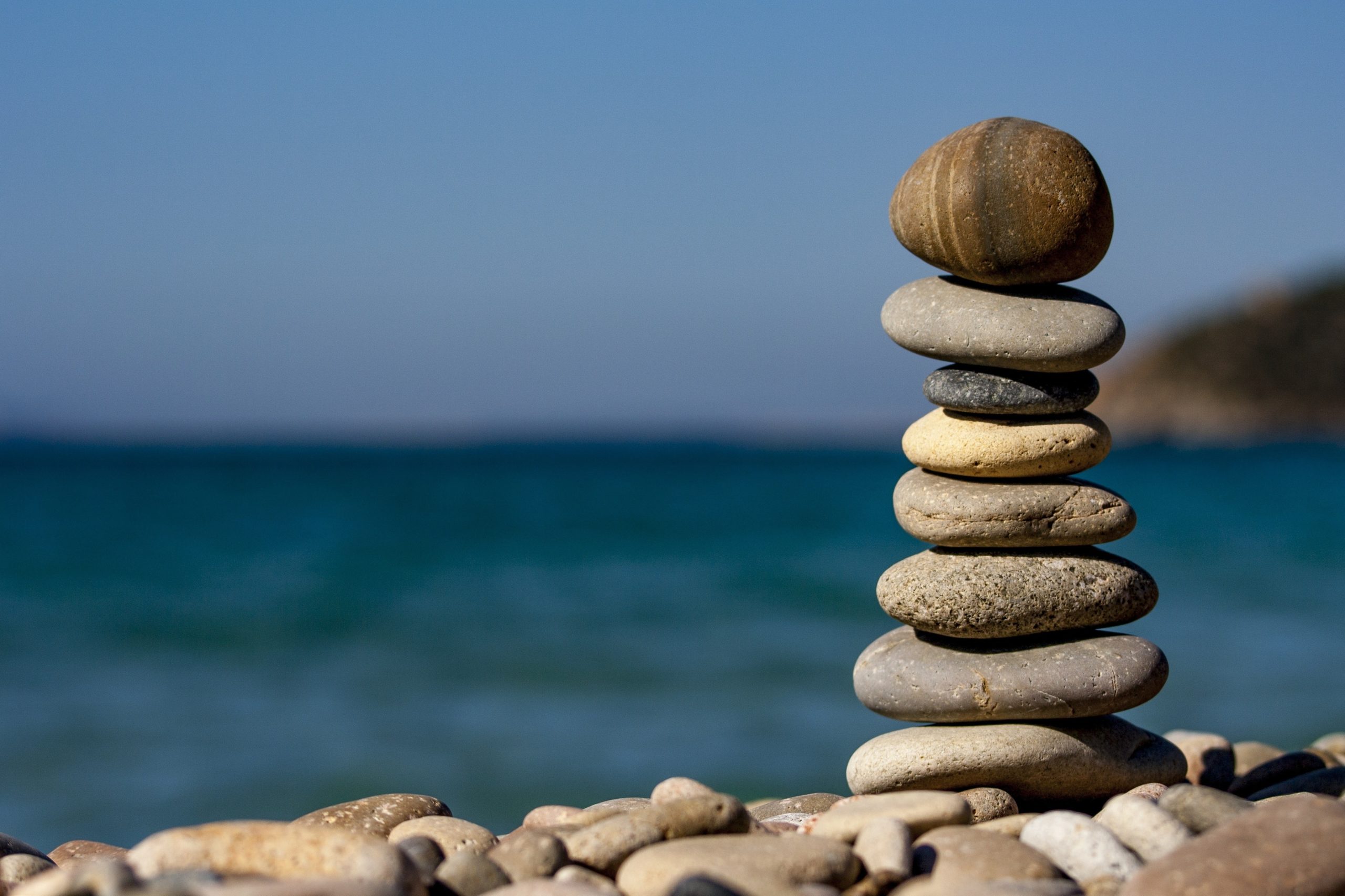Finding Strength in Balance
Falls happen, but did you know they are preventable?
Falls are not a “normal” consequence of the aging process.
Take action to stay balanced…keep reading to learn more.
According to the Centers for Disease Control (CDC), older adults fall every second of every day, bring 3 million older adults to the emergency room, and cause 32,000 deaths per year. Falls can lead to a significant decline in an older adult, can cause bone fractures and breaks, and traumatic brain injury. These statistics are staggering for something that can be prevented.
Falls are typically multifactorial, caused by many things, not just one. If you can eliminate some of the risk factors though, you can reduce the risk of falling. Some factors that cause falls include medicine, environment, health conditions, mobility, vision and hearing loss, and a previous fall or fear of falling.
How do we reduce fall risk?
Medicine- Have a medication review regularly, see if your medications are at high risk for falls, take the lowest dose for the best outcomes, ask a pharmacist about over-the-counter medications before you take one, work with your health care providers to reduce unnecessary medications, deprescribe.
Environment-Wear appropriate footwear that goes around your heel (avoid flip flops and slippers), clear clutter especially on stairs and hallways, clean out and dispose of old medicines so as to not confuse with medicines you currently take. Rugs can be hazardous, especially scatter rugs, pick these up to avoid a slipping or tripping hazard. Put the light on for stairways or have lighting added-especially basement stairs. Try to have full lighting in a room to avoid shaded or darker areas. Pets can be great companions but may be easily tripped over, or may push you unexpectedly, the leash can also tangle around your ankles.
Health conditions- Some chronic health conditions can increase the risk of falls. Keeping chronic health conditions in control can reduce the risk. Some common conditions include arrhythmias, diabetes, depression, asthma, and COPD.
Mobility-Haste can be a waste for sure! Take your time and don’t rush (the phone can wait). Use assistive devices correctly. Work on strength training to help with balance and muscle strength. Exercise can be done in small time frames, in sitting positions, and strength training can begin with no weights and slowly increased. Stronger muscles keep our bones upright! Ask an exercise physiologist or physical therapist for exercises to start. Strength can also help you get up if a fall occurs. The National Institute of Health (NIH) has a host of programs available to aid older adults with exercise and physical activity, take a look. https://www.nia.nih.gov/health/exercise-physical-activity
Vision and Hearing Loss– Of course having difficulty seeing may be a hazard of navigating walkways, steps, and uneven surfaces. Hearing can also play a factor as one may not be able to react to a hazard such as a car, pet, child, or a moving shopping cart. Wearing glasses and hearing aids can reduce the risk of falls.
Previous Fall and Fear of Falling-A previous fall or fear of falling hold you back from physical exercise, eventually weakening your muscles, which in turn can reduce your balance. Staying active and moving can keep you from tumbling and reduce your risk of falls.
A wonderful resource that is available for patients, caregivers, and health care providers is STEADI-Stopping Elderly Accidents, Death, and Injury by the CDC. This website provides a host of brochures and information for patients and caregivers and for providers, see below. Many of the topics above can be reviewed at these links.
For patients and caregivers: https://www.cdc.gov/steadi/patient.html
For health care providers: https://www.cdc.gov/steadi/materials.html
Staying balanced physically, with your medicines, and with your health care can keep you aging well. Return to my blog weekly for more updates on deprescribing, medications, and aging wise and well.
Resources and References:
Keep on Your Feet-Preventing Older Adult Falls. CDC Injury Prevention and Control. December 2020. https://www.cdc.gov/injury/features/older-adult-falls/index.html
Exercise and Physical Activity. National Institute of Health. https://www.nia.nih.gov/health/exercise-physical-activity
STEADI-Older Adults Fall Prevention. Centers for Disease Control and Prevention. July 2021. https://www.cdc.gov/steadi/index.html


0 Comments